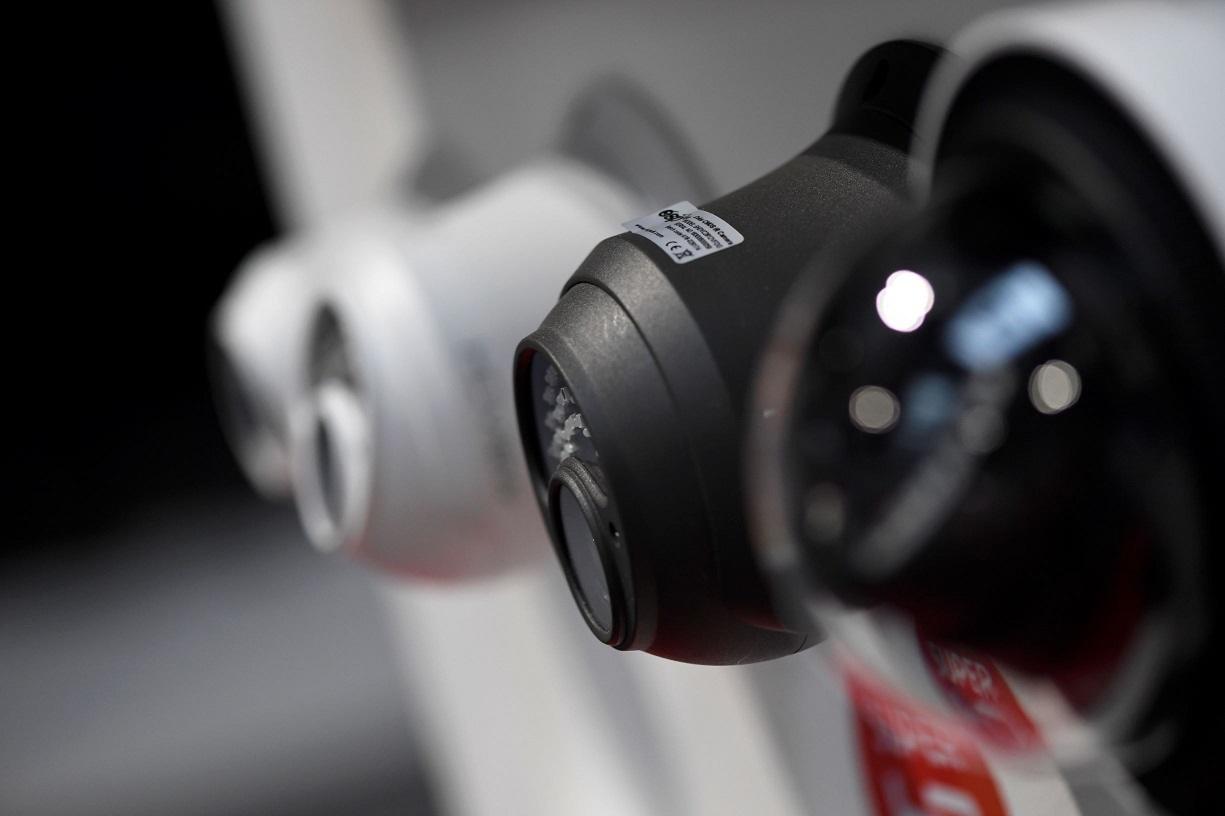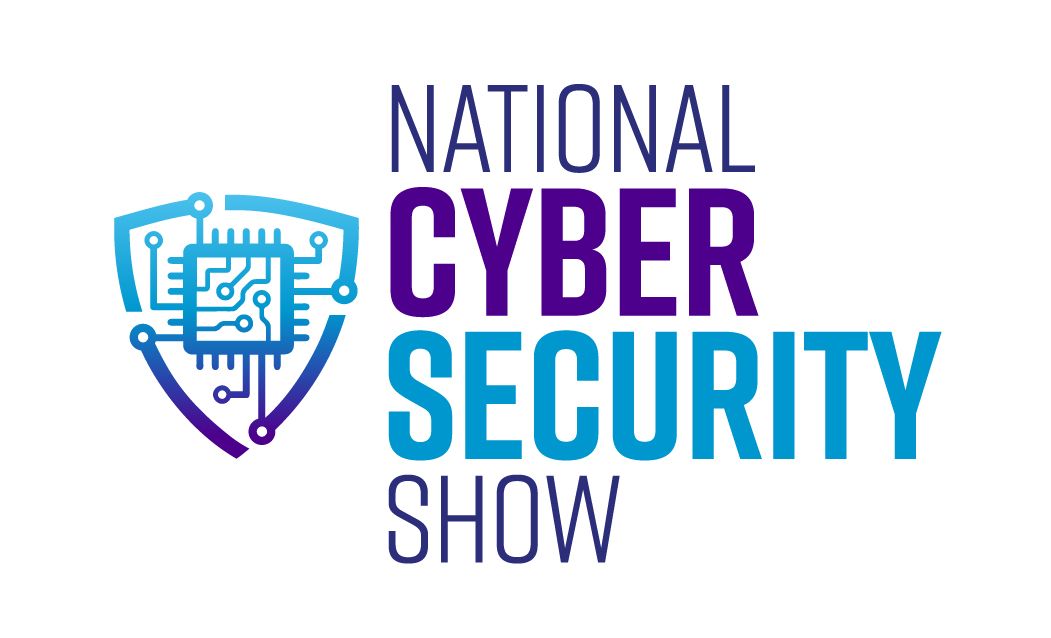Uniview CCTV: A comparison between the EasyStar, LightHunter and ColourHunter Series
In this video, we compare three Uniview camera series: EasyStar, LightHunter, and ColourHunter.
Firstly we talk about the EasyStar series, which Uniview categorises as its entry-level low-light range. These cameras provide colour vision 24/7 but rely on sufficient ambient light. In low-light conditions, they switch to infrared mode, resulting in a greyscale image with limited depth and detail.
The LightHunter series functions similarly but incorporates a more advanced sensor, allowing for better low-light performance. This is reflected in its minimum illumination which is measured in Lux. The LightHunter produces more colourful, brighter, and clearer images than the EasyStar, even in low ambient light.
On the other hand, the ColourHunter series boasts the best sensitivity to light among the three. Instead of using infrared, it activates a floodlight in low-light situations, enabling full-colour vision 24/7. However, the floodlight may cause grainy images in low ambient light.
Most LightHunter and ColourHunter cameras feature deep-learning AI technology for pedestrian and vehicle differentiation, reducing false alarms. Other smart features include line cross, intrusion, enter area, and leave area detection. Upon testing all three series, it was observed that the ColourHunter produces the clearest, most colourful image in low-light conditions, followed by the LightHunter. The EasyStar and LightHunter rely on infrared mode in the absence of ambient light, resulting in monochrome images.
In conclusion, the EasyStar series is cost-effective but lacks AI technology and doesn't perform as well in very low-lit areas. The LightHunter series is a versatile option with AI capabilities, but it may produce monochrome images in low ambient light. Conversely, the ColuorHunter series offers the best colour imaging due to its advanced sensor, making it ideal for scenarios requiring 24/7 colour vision.







